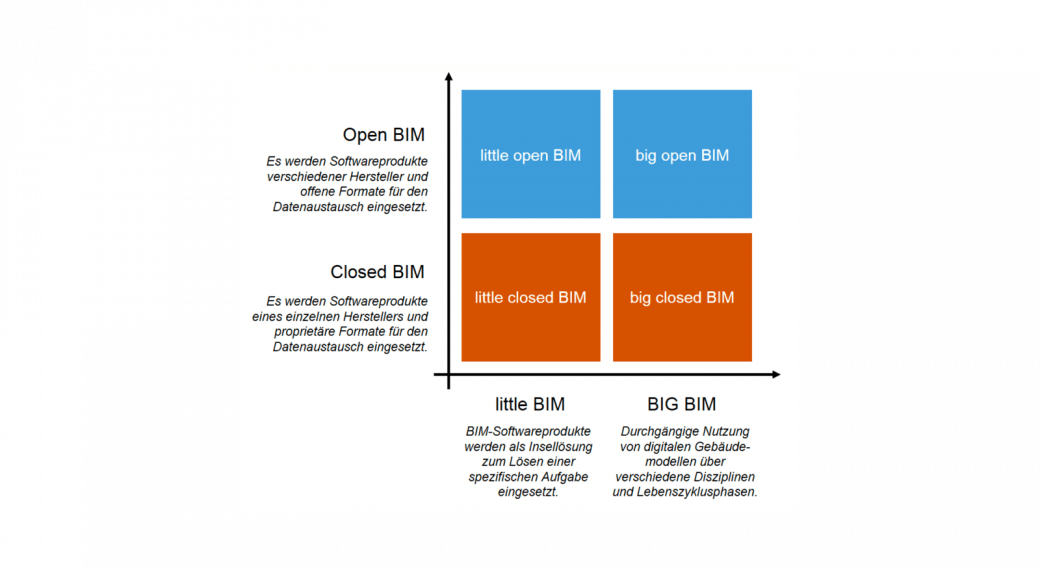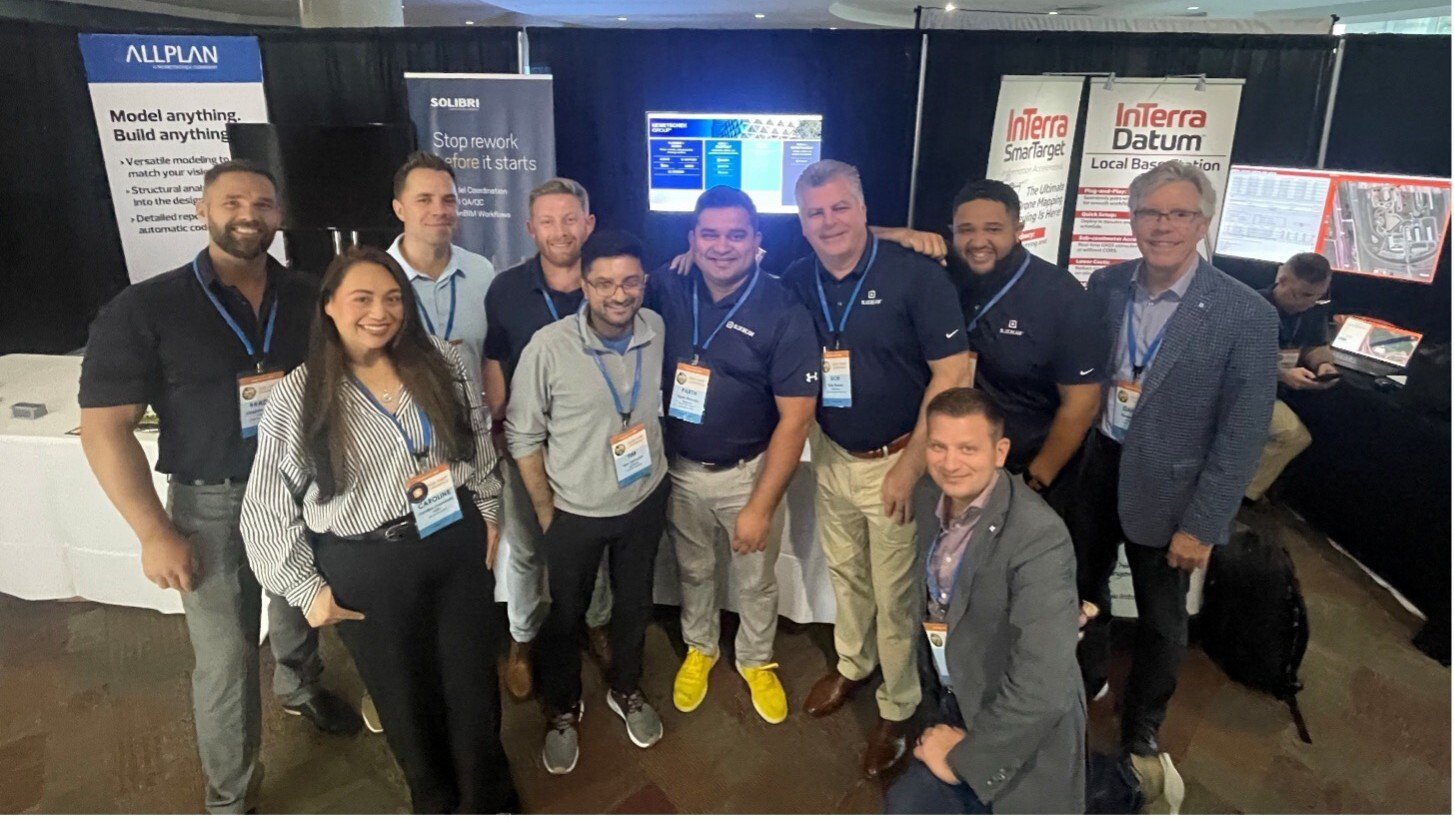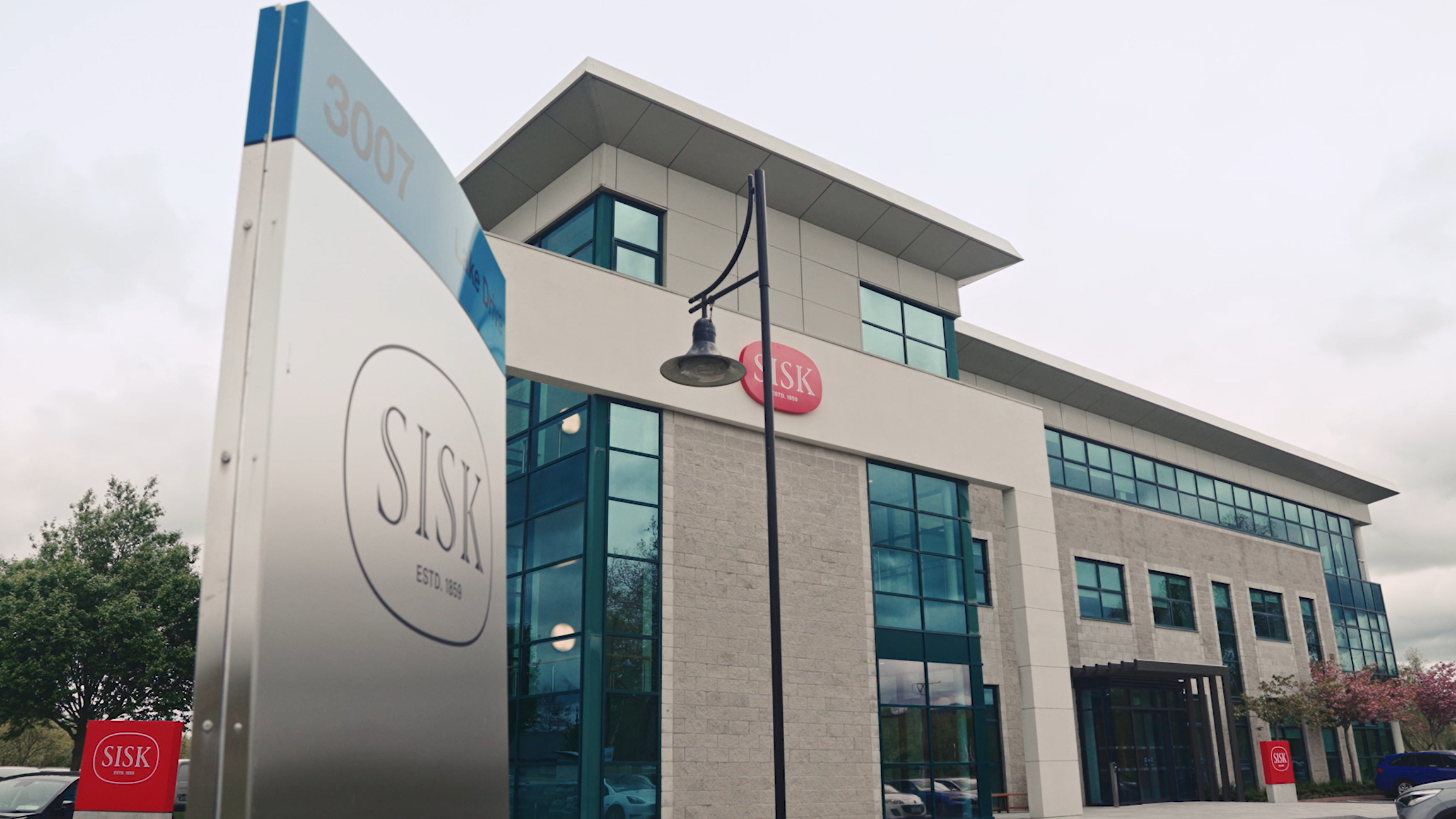Digital planning methods: The future belongs to OPEN BIM
The BIM planning method is increasingly being adopted by architecture and engineering offices and construction sites at home and abroad – thus reinforcing the trend towards comprehensive digitalization of the construction industry. The traditional, paper-based construction industry is therefore facing a major challenge worldwide: the transition from analog craftsmanship, product quality, and manufacturing know-how to future-oriented, digital manufacturing and construction processes.
Author
Tim Westphal
Journalist specialized in the AEC/O industry from Berlin, Germany
This article belongs to the collection OPEN BIM
To the topic pagefiller content text filler content textfiller content textfiller content textfiller content textfiller content textfiller content textfiller content textfiller content text
filler content text filler content textfiller content textfiller content textfiller content textfiller content textfiller content textfiller content textfiller content text
filler content text filler content textfiller content textfiller content textfiller content textfiller content textfiller content textfiller content textfiller content text
filler content text filler content textfiller content textfiller content textfiller content textfiller content textfiller content textfiller content textfiller content text
filler content text filler content textfiller content textfiller content textfiller content textfiller content textfiller content textfiller content textfiller content text
filler content text filler content textfiller content textfiller content textfiller content textfiller content textfiller content textfiller content textfiller content text
filler content text filler content textfiller content textfiller content textfiller content textfiller content textfiller content textfiller content textfiller content text
filler content text filler content textfiller content textfiller content textfiller content textfiller content textfiller content textfiller content textfiller content text
filler content text filler content textfiller content textfiller content textfiller content textfiller content textfiller content textfiller content textfiller content text
filler content text filler content textfiller content textfiller content textfiller content textfiller content textfiller content textfiller content textfiller content text
filler content text filler content textfiller content textfiller content textfiller content textfiller content textfiller content textfiller content textfiller content text
filler content text filler content textfiller content textfiller content textfiller content textfiller content textfiller content textfiller content textfiller content text
filler content text filler content textfiller content textfiller content textfiller content textfiller content textfiller content textfiller content textfiller content text
filler content text filler content textfiller content textfiller content textfiller content textfiller content textfiller content textfiller content textfiller content text
filler content text filler content textfiller content textfiller content textfiller content textfiller content textfiller content textfiller content textfiller content text
filler content text filler content textfiller content textfiller content textfiller content textfiller content textfiller content textfiller content textfiller content text
filler content text filler content textfiller content textfiller content textfiller content textfiller content textfiller content textfiller content textfiller content text
Digital planning methods: The future belongs to Open BIM
The BIM planning method is increasingly being adopted by architecture and engineering offices and construction sites at home and abroad – thus reinforcing the trend towards comprehensive digitalization of the construction industry. The traditional, paper-based construction industry is therefore facing a major challenge worldwide: the transition from analog craftsmanship, product quality, and manufacturing know-how to future-oriented, digital manufacturing and construction processes.
In order to make these changes possible, the planning, construction, and building operation phases – therefore, the entire building lifecycle – must be taken into account in the future. The foundations for this have already been laid with the decision to use an open-manufacturer and cross-software OPEN BIM planning approach from the start of the project. OPEN BIM makes a valuable contribution to the cross-functional collaboration of the multi-disciplinary teams in the project and, thanks to the associated manufacturer-neutral IFC standard, has become the benchmark for holistic planning, construction, and operation processes.
An open, democratic planning approach
Unlike Closed BIM, where the project team agrees to use software solutions from a single product family and manufacturer, OPEN BIM provides a democratic planning approach throughout the entire project. This is because each party can continue to use its own software. Furthermore, they do not need to undergo extensive training on new planning programs, nor do they have to adapt their internal work processes or purchase or rent expensive additional software licenses.
When using OPEN BIM, it is irrelevant which software each architect and designer prefers. Instead, the aim is to exchange information while retaining as much data as possible during the transfer. In the building construction sector, information transfer is guaranteed primarily via the open IFC and BCF communication formats, which are the only ones that enable ex-tensive data exchange between the parties involved and their individual programs. The Ne-metschek Group supports the OPEN BIM approach holistically and – with all its brands in the AEC industry – is involved in the continuous further development of IFC and BCF via the globally independent organization buildingSMART. Our approach is built on open planning standards for construction in the future.
A digital planning approach with significant added value
The benefits for the client, architect, specialist designers, construction companies, residents, and operators are obvious: in addition to a high degree of cost certainty in the project even at the preliminary model-based planning stage, OPEN BIM creates a building model that is coordinated across disciplines and offers considerable design certainty and precision. In addition, construction work is reliable, because errors on the part of architects and designers can be found and eliminated long before the ground is broken on site using rule-based quality control and quality assurance within the specialist models. This saves time, errors, and – above all – costly rework on the construction site.
In addition, a building model that is developed into an as-built model at completion and project handover provides the fundamental basis for a facility management model with a detailed database. Among other things, the actual products, equipment, and materials used – as well as technical data – are catalogued in this database. For the subsequent operation phase of a building, this is essential information for effective maintenance, as well as ensuring the most comprehensive recycling possible in the event of conversion, renovation, or demolition in the future. Because approximately 80% of building costs are incurred during operation and only 20% during the construction phase, having this information enables more cost-effective decisions to be made about the building.
OPEN BIM means communication, cooperation, and collaboration
The above-mentioned advantages are particularly beneficial where there is coordinated planning and close cooperation between all the project partners. Open systems in the OPEN BIM process do not only refer to technical parameters, such as a collectively agreed modeling standard, using IFC and BCF exchange formats, or jointly used collaboration platforms in the cloud. Rather, direct communication with each other must become open and solution-oriented. This means that a paradigm shift is imminent on German construction sites. The recognition, assignment, and joint, open, and constructive handling of problems and errors is demanded and supported by OPEN BIM. This brings the OPEN BIM approach a great deal closer to the goal that has been pursued by generations of designers: to make collaboration and multidisciplinary cooperation integral to the construction process.






